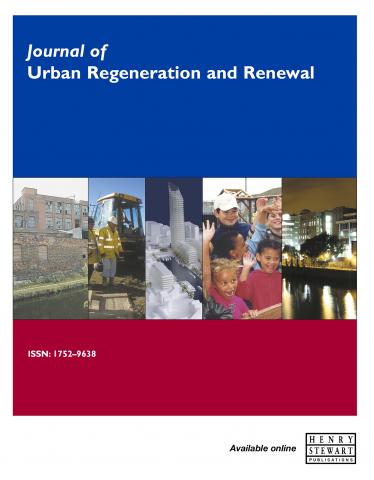"Provides relevant insights from industry leaders and experts"
Can urban agriculture be used to improve green infrastructure and social well-being? The urban garden in the Ponticelli neighbourhood of Naples
Click the button below to access the full article.
Abstract: Urban agriculture can be used to improve green infrastructure and social well-being and as a tool for the sustainable regeneration of urban environments. Furthermore, urban agriculture, including urban gardening, has emerged as a means to help improve food insecurity and tackle climate change. This paper focuses on the social urban garden located in the Ponticelli neighbourood on the eastern outskirts of Naples, which has around 70,000 inhabitants. This area originally had an agricultural economy but has now undergone uncontrolled building expansion and lacks an adequate supply of services for the community. The area also suffers from significant social and cultural problems, including high unemployment, school dropout rates and crime rates, which touch a large part of the population. The urban garden of Ponticelli represents an example of how social cohesion can be built through the expansion of urban agriculture, while at the same time contributing to the goal of sustainability and maintaining links to the rural economy. Yet the urban agriculture initiative risks remaining isolated and being of limited benefit to regional and metropolitan efforts for environmental sustainability if it is not framed within an overall metropolitan strategy for an urban agriculture programme.
Keywords: urban agriculture; urban gardening; environmental resilience; Naples; Ponticelli
Fabio Amato is professor of geography at University of Naples L’Orientale.
Lucia Simonetti is researcher of political and economic geography at University of Naples Federico II.



